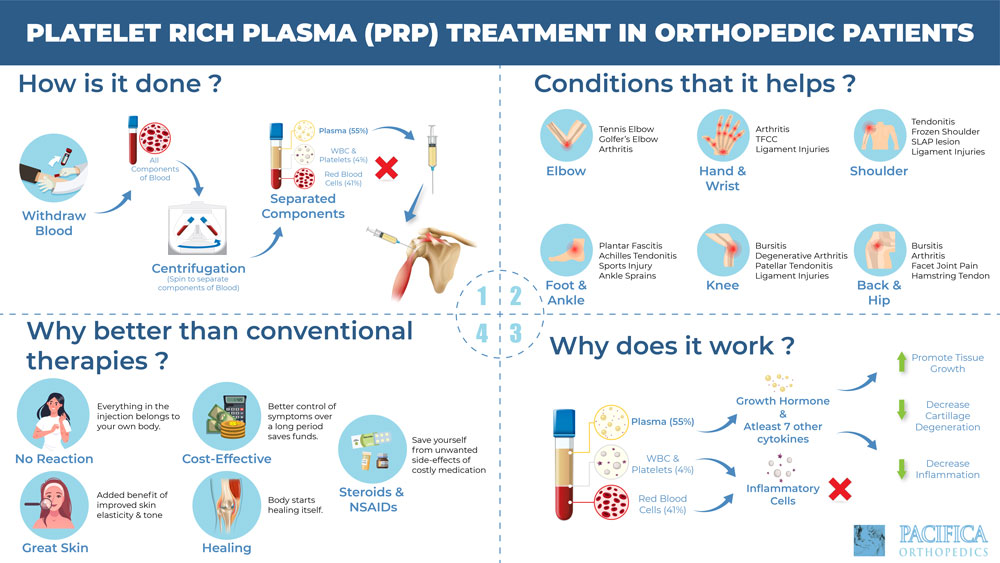The American College of Sports Medicine (ACSM) and the American Heart Association (AHA) released updated physical activity guidelines in 2007. These guidelines outline exercise recommendations for healthy adults and older adults and are an update from the 1995 guidelines. Choose your category below, and find recommendations, research and tips from ACSM and AHA. Together, we are proud to serve as a public resource to help people live healthier, more active lives.
Although the 2007 recommendations are similar to the 1995 recommendations at the core, eight improvements have been made:
- Moderate-intensity physical activity has been clarified. The 1995 document simply specified “most, preferably all days per week” as the recommended frequency while the new recommendation identifies five days per week as the recommended minimum.
- Vigorous-intensity physical activity has been explicitly incorporated into the recommendation. To acknowledge both the preferences of some adults for vigorous-intensity physical activity and the substantial science base related to participation in such activity, the recommendation has been clarified to encourage participation in either moderate- and/or vigorous-intensity physical activity. Vigorous-intensity physical activity was implicit in the 1995 recommendation. It is now explicitly an integral part of the physical activity recommendation.
- Specified: Moderate- and vigorous-intensity activities are complementary in the production of health benefits and that a variety of activities can be combined to meet the recommendation. This combining of activities is based on the amount (intensity x duration) of activity performed during the week and uses the concept of METs (metabolic equivalents) to assign an intensity value to a specific activity.
- Specified: Aerobic activity needed is in addition to routine activities of daily life. The updated recommendation now clearly states that the recommended amount of aerobic activity (whether of moderate- or vigorous-intensity) is in addition to routine activities of daily living which are of light intensity, such as self care, casual walking or grocery shopping, or less than 10 minutes of duration such as walking to the parking lot or taking out the trash. Few activities in contemporary life are conducted routinely at a moderate intensity for at least 10 minutes in duration. However, moderate- or vigorous-intensity activities performed as a part of daily life (e.g., brisk walking to work, gardening with shovel, carpentry) performed in bouts of 10 minutes or more can be counted towards the recommendation. Although implied, this concept was not effectively communicated in the original recommendation.
- “More is better.” The new recommendation emphasizes the important fact that physical activity above the recommended minimum amount provides even greater health benefits. The point of maximum benefit for most health benefits has not been established but likely varies with genetic endowment, age, sex, health status, body composition and other factors. Exceeding the minimum recommendation further reduces the risk of inactivity-related chronic disease. Although the dose-response relation was acknowledged in the 1995 recommendation, this fact is now explicit.
- Short bouts of exercise. Although the original recommendation introduced the concept of accumulating short bouts of physical activity toward the 30-minute goal, there was confusion regarding how short these episodes could be. For consistency and clarity, the minimum length of these short bouts is clarified as being 10 minutes.
- Muscle-strengthening recommendation now included. Muscle-strengthening activities have now been incorporated into the physical activity recommendation. Although the 1995 recommendation mentioned the importance of muscular strength and endurance, it stopped short of making specific declarations in this area. Available evidence now allows the integration of muscle strengthening activities into the core recommendation.
- Clarification in wording. Minor wording changes in the recommendation have been made to enhance clarity in communications. For example, the term “aerobic,” or endurance, has been added to clarify the type of physical activity being recommended and to differentiate it from muscle-strengthening exercises, which are now part of the core recommendation.




0 Comments